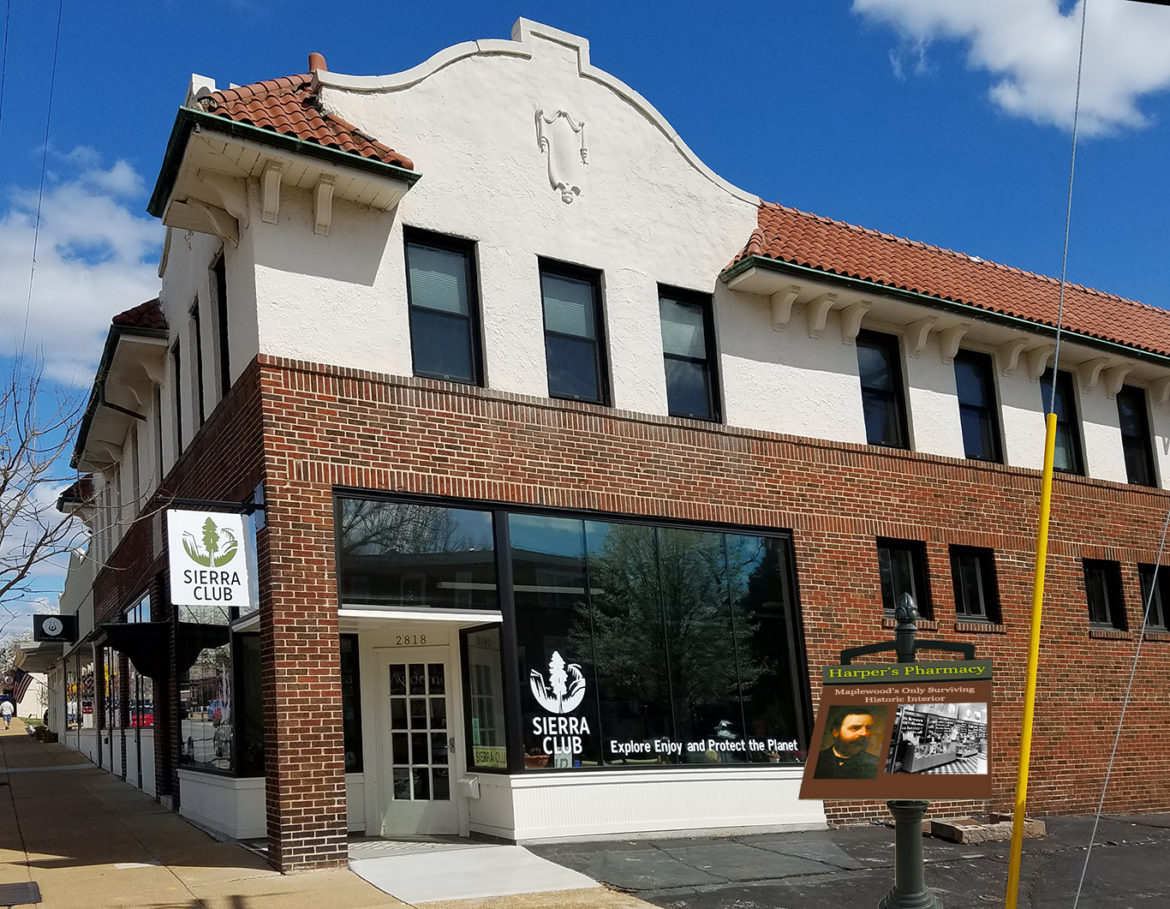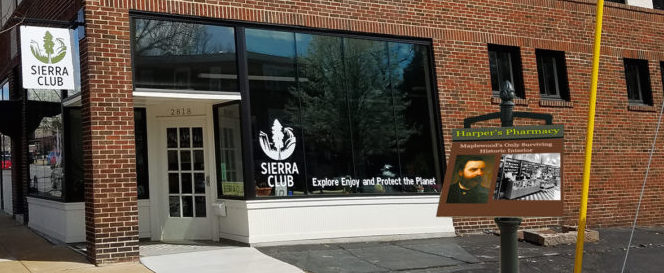April 17, 2017, the New York Times, page A4. That is the location of a disturbing article by Alissa Rubin titled, “As Village Homes Are Stripped Bare, French History Vanishes.” Ms. Rubin then goes on to describe how speculators and sometimes owners are stripping many of France’s historic buildings of their “architectural treasures and sell(ing) them, often abroad, leaving once graceful historic structures little more than empty shells behind gaily painted facades.”
Just what exactly are these defilers of French history making off with? The NYT’s article lists “antique tile floors, wood paneling, mantelpieces and chimneys and sometimes even …staircases.” It also mentions floorboards, wooden window frames and doors. Many of these items wind up in expensive homes in Germany, the United States, Japan and some are bought by foreigners for their vacation homes in the south of France. A terra cotta tile floor for a kitchen might be worth $6,500, a mantelpiece, as much as $10,000, and an antique oak door, $600.
Ms. Rubin’s article focuses on what one small town, Joinville, is doing to try and combat this loss of their historic fabric. Ms. Rubin goes on to say, “Although France has strict laws to protect national patrimony, few local officials make use of them. In part, that is because restoration and preservation would put them at odds with powerful local developers or hinder modernizing projects intended to improve economic activity.” Well put. We’ve the same problem here.
These French preservationists are upset because much of their historic fabric is disappearing. As noted many of these popular architectural artifacts are INTERIOR elements. They obviously believe these interior elements are important to their cultural heritage. So do I.
In Maplewood, three years ago we lost, for no good reason, our most important historic interior. The interior of our landmark Harper’s Pharmacy. The Sierra Club chapter could have been nearly perfect tenants to coexist with the historic cabinetry. It didn’t happen.
My hope is that the once magnificent cabinetry is still being stored in the basement of the Cape-Harper building. Some of it is being used by other businesses in the same building. I think that is better than having it disappear. Hopefully this chapter of the Sierra Club will some day gain more enlightened leadership that will try and correct this offense to our historic community.
Doug Houser



other thing I noticed is the trim on the windows and on the cabinets is the same blue. Any thoughts on that? Was he just found of blue or was it a business color/marketing idea as in his business cards, paperwork maybe office employee duster coats were that color. I have to wonder if it was not something done on site instead of the factory.
Doug, while I agree that once they are removed from the basement they would probably never come back. But I have seen what happens to furniture and cabinets that are stored in basements for years. Joints come apart, they get set directly on the concrete and soak up moisture or there is a water leak or sewer back up and the bottom of the cabinets get ruined. I am also thinking if the Sierra Club has a long term lease on the place or maybe even owns the building, unless they bow to public pressure those cabinets are not going back in. Only a person truly interested in restoration of the entire space is not going to want to put them back in. And a lot would depend on how carefully they were taken out as to how useable they are now.
I am thinking a place like Woodbine would be a good candidate for the use of some of them or just about any of our older homes could make a nice library or butlers pantry out of them.
Mark, I believe these cabinets are mostly solid wood. But if some of the panels are veneer over a poplar core as you suggest that is not an indicator of low quality. Much if not most of the finest pieces of furniture ever made have veneered surfaces. Veneering allows very expensive woods or difficult-to-work woods to be used in situations that would otherwise not be practical or economical. Veneering is an ancient method used in furniture construction.
I think it would be a very bad idea to remove any of this cabinetry from the Cape-Harper building or the Bettendorf’s annex (where Bolyard’s Meats and Provisions and the Living Room are now located). As long as the cabinets are on site there exists a possibility, however slim, that some will be returned to their original locations. If you allow them to be removed to some other location they will most likely never be returned. And for all the good they will do us here in Maplewood, they might as well be in Chicago, as my friend, Doug Smith, aptly phrased it in an earlier post.
Doug, have you asked if any of the cabinets are still intact and able to be installed somewhere? With the amount of work being done on homes and businesses in the Maplewood area it seems that someone could use some of them or maybe all of them in a restoration. I worry that years of storage down in the basement will end up ruining them.
While I have not seen the materials in person I have seen some old wood doors that have a very close color and grain pattern that were a veneer over popular core. These were full size doors not cabinets so your may have been solid wood and maybe stained and finished to look like solid wood.